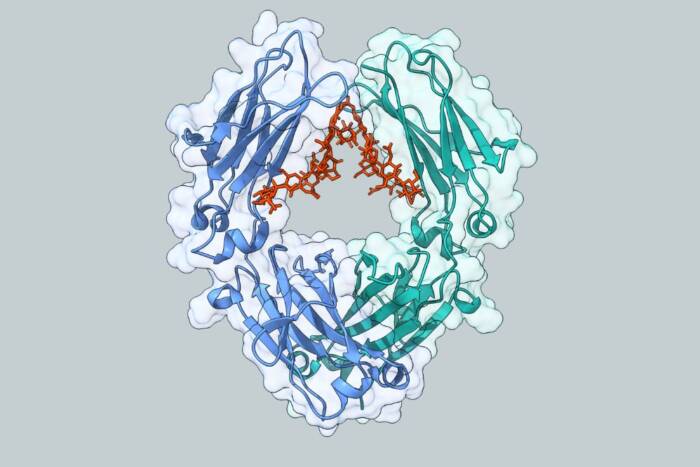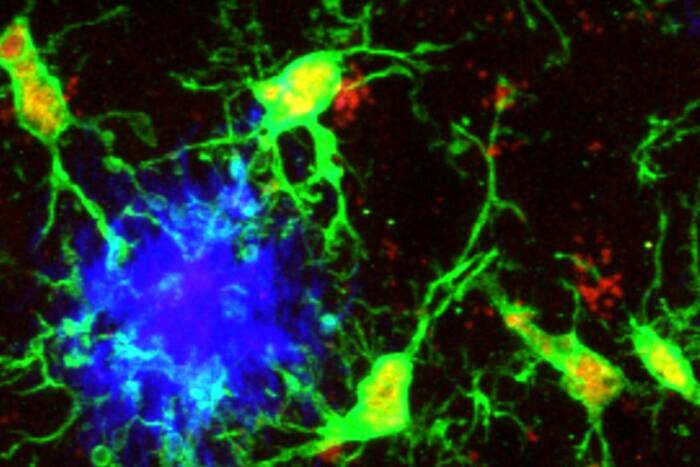Amandeep Singh
 (opens in new window)A.B., Cornell University
(opens in new window)A.B., Cornell University
Cellular and Molecular Mechanisms Underlying Leptin’s Metabolic Effects
presented by Jeffrey M. Friedman
In 1900, Theodore Roosevelt published an article that put forth his view of all American men, writing, “He must not be a coward or a weakling, a bully, a shirk or a prig. He must work hard and play hard. He must be clean minded and clean lived, and able to hold his own under all circumstances and against all comers.” It is surprisingly difficult to find a definition of an all-American and I quote this description because it captures, far better than I could, precisely how I think of Amandeep Singh.
Amandeep was born in India and moved to the U.S. at the age of five. He grew up in Buffalo and attended college in Ithaca, working hard and excelling in all manner of things. As an undergraduate at Cornell, he was a National Scholar, Presidential Research Scholar and vice president of the student body. He also established the Cornell Bhangra team. Bhangra is a traditional Punjabi dance and is extremely strenuous. Amandeep both participated in and choreographed Bhangra dance routines and has appeared at the Hollywood Music Awards and on MTV and the BBC. The Bhangra team that he established was recently voted “Number-one Best All Time” by Punjab Online. Amandeep graduated from Cornell University summa cum laude and entered the Tri-Institutional M.D.-Ph.D. program.
With support in the form of a Paul and Daisy Soros Fellowship for New Americans, considered to be equivalent in prestige to a Rhodes Scholarship, Amandeep joined my laboratory and with characteristic insight, vigor and fearlessness set out to dissect the molecular mechanisms by which the hormone leptin regulates energy expenditure.
In 1760, the physician Malcolm Flemyng wrote, “Not that all corpulent persons are great eaters, or all thin persons are spare eaters. We daily see instances to the contrary.” This is because body weight is controlled not just by how much we eat but also by how many calories we burn. The hormone leptin acts to regulate body weight both by reducing food intake and by also increasing energy expenditure. How leptin increases energy expenditure has been a great mystery and Amandeep set out to see if it did so by regulating the function of mitochondria. Mitochondria are a cellular organelle that can be most simply viewed as the cellular furnace, the place where nutrients are burned to generate energy. What Amandeep found was surprising; despite increasing systemic energy expenditure, leptin reduces mitochondrial function in the liver, the tissue that we thought was likely to be a key target of leptin’s metabolic effects. Instead of burning calories in response to leptin, the liver exports nutrients to other tissues where they are burned. This sets the stage for future studies aimed at defining the peripheral tissue that burns energy in response to leptin. It has long been known that increasing caloric expenditure can reduce weight, the main problem being that the compound best able to do this, dinitrophenol, carries with it the minor toxicity of sudden death. In the long term, Amandeep’s work may provide a foundation for safely increasing energy expenditure.
Amandeep now returns to Weill Cornell Medical College to complete his medical training. He plans to pursue a career as a physician-scientist with a clinical and research interest in cardiology. It has been a great pleasure to work with Amandeep. His scientific abilities and personal presence have enriched my laboratory, though his growing prowess in poker is beginning to impoverish me.
In closing, I would like to quote Ian O’Connor writing about the New York Yankee Hideki Matsui in USA Today: “Sometimes it only takes a trip to India by way of Buffalo to find a real all-American.”


